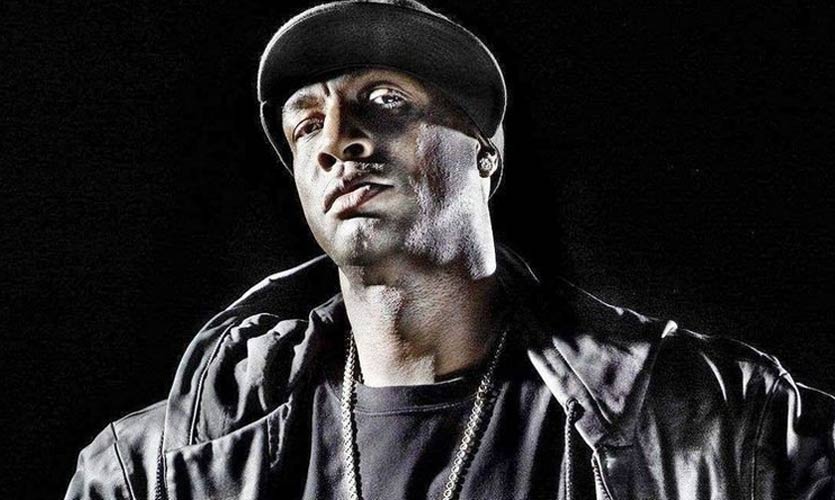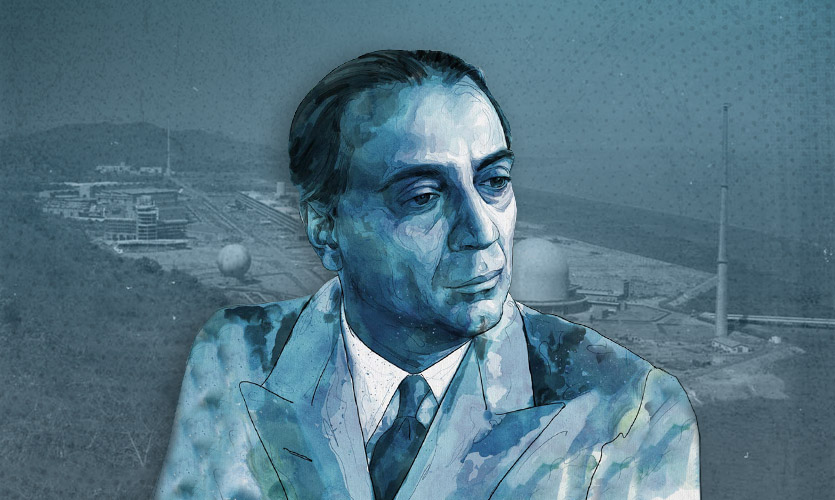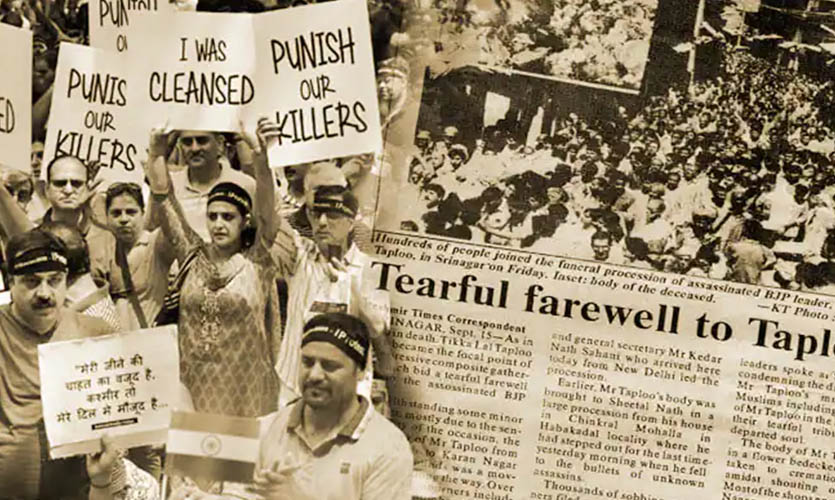How does rap, an American music genre that has been associated with violence and thuggery come to be so highly influential? It is one of the most popular genres in the world today. Since 2017, Hip Hop surpassed Rock in popularity to become the biggest music genre in the United States. According to Reuters, Powered by a 72 percent increase in on-demand audio streaming, eight of the top 10 albums came from the world of rap or R&B, including Kendrick Lamar’s DAMN, Drake’s More Life. Rolling Stone analysed the downfall of Rock and called the rise in popularity of Hip Hop as a “resurgence” of the genre. In 2020, The leading genre by streams was, as is almost always the case, R&B and hip-hop. A total of 31.1 percent of all streams came from the R&B and hip-hop genre, remaining almost as popular as the year before.
Sujatha Fernandes of the University of Australia claims that Hip Hop’s diversity is appealing to many different cultures, “rapping, djaying, beat-making, b-boying, fashion, graffiti and film, among other elements – is able to express the everyday realities of living on a see-saw. The music appeals so broadly across diverse cultures, not because everyone shares the same situation chronicled in the genre, but because it gives young people an outline that they can color with their own experiences. Hip Hop is a way for those on the margins to tell their own stories – in all their hybridity, pain and humour – in societies where there is no other language or medium for these stories to be told. The strength of Hip Hop is the myriad local forms of expression that it makes possible.”
It is important to note the differences between Hip Hop, rap music and gangsta rap. More often than not, these words are used interchangeably. Hip Hop refers to the cultural movement among African American youth that has influenced styles of clothing, music and other forms of entertainment. On the other hand, rap music is rooted in the African tradition of speaking rhythmically to a beat generally supplied by background music. The development of rap can be credited to Grandmaster Flash and Kool Herc in the 1970s. In the 1980s, Grandmaster Flash used rap to call attention to the deplorable conditions in inner cities. Gangsta rap grew out of Grandmaster Flash’s recording, ‘The Message,’ and became the focal point of political controversy because of its explicit, violent lyrics in the late 1980s and early 1990s. At its root, gangsta rap was following its predecessor’s tradition because many songs protested police brutality and highlighted the realities of the violence commonplace in the communities of the artists.
Similar to Jazz diplomacy which was pushed by the U.S. government, the State Department emphasised on the role of Hip Hop music in reaching youth audiences. The Rhythm Road: American Music Abroad was created by the Bureau of Educational and Cultural Affairs. Hip Hop artists Toni Blackman and Opus Akoben were the first to tour the Rhythm Road concerts in 2005-06. According to a survey conducted by YouGov Omnibus 50 percent of Americans believe that “America, as it is today, is best represented by rap and hip-hop” The same survey suggested that race appears to play a factor in determining which genres people believe embody the core of America. Rap music came out of complex social, political and economic issues that even today continue to mire the African American community.
However, there is a dark side to this genre. “If there is in fact a culture of violence, the true parent of rap lyrics is America herself, who financially rewards the glamorization of behaviours deemed socially unacceptable” claims Jeanita Richardson from the State Council for Higher Education. The violence in rap lyrics is a commentary on the government’s inadequacy in dealing with low income minority communities affected by police brutality, drug abuse, poverty and violence. While many rap songs are a social commentary, it in itself can become an enabler of violence in many cases. A lot of new age rap songs glorify guns, the gangster life and violence, which can have an entirely different impact on audiences.
***
Closer to home, the underground Hip Hop movement has been shaping Indian society over the past decade. It is also a testament to the genre’s ability to localise. It has become more assertive and bold, tackling issues of socio economic significance to Indian youth. The genre is deviating away from the party anthems that have dominated and driven the genre towards the mainstream. The underground movement’s artists’ have been weaponizing their lyrics to express opinions about Indian society. Delhi based rapper MC Kode has founded a rap battle crew in the political capital of the country called SPIT DOPE. It provides a platform to emcees in the capital to showcase their talent through Rap Battles and Cyphers. In fact, MC Kode received death threats for the political content of his raps. In a rap battle with BK, the son of a political leader in Tripura, Kode asserted that BK’s father, as party leader, was responsible for attacks in 1980 that are believed to have resulted in the deaths of about three thousand Bengalis.
The story of Murad from the 2018 film, Gully Boy is inspired by Indian rapper Divine whose real name is Vivian Fernandez. Fernandez grew up in the slums J.P. Nagar in Andheri (a locality in Mumbai). However, apart from the metropolitan cities of Mumbai and Delhi, local Hip Hop has emerged in other parts of the country too. Kashmir has artists such as MC Kash. MC Kash’s studio in Kashmir was raided by authorities. Kash’s rap songs often take a jab at political authorities with songs like “I Protest”. There is a Telugu hip-hop scene in Hyderabad, MC Mawali who raps in Marathi, right-wing rapper MC Tod Fod, and Mumbai’s Dee Mc whose lyrics explore gender inequality. Hip Hop’s presence in one of the most glaring conflict zones in the world says something about the genre’s power to mobilise people from a variety of local socio-economic conditions. Azadi Records, a Delhi based Hip Hop studio was started as a symbol of resistance. Uday Kapur, one of the founders of Azadi Records stated that “From being a phrase that dominated the lexicon during the independence movement to its recent use by Kashmiri citizens, Azadi is viewed a certain way by people in this country.”
While mainstream Punjabi rap artists like Yo Yo Honey Singh secure the top charts in India, their music promotes violence against women. The punjabi artist released an album that loosely translated to Vagina Vol.1. One of the songs in the album, openly promoted rape, with extremely explicit details on how to rape a woman. Country wide protests followed, along with an inquest into Honey Singh’s lyrics and songs. Localised Hip Hop plays a strong role for a country that values democratic practices. Specifically freedom of expression in music and art finds a burgeoning space in Indian democratic society.
Deep Dive is a weekly column written by Ashini Jagtiani exploring subjects that have revolutionised the socio-cultural fabric of society.










